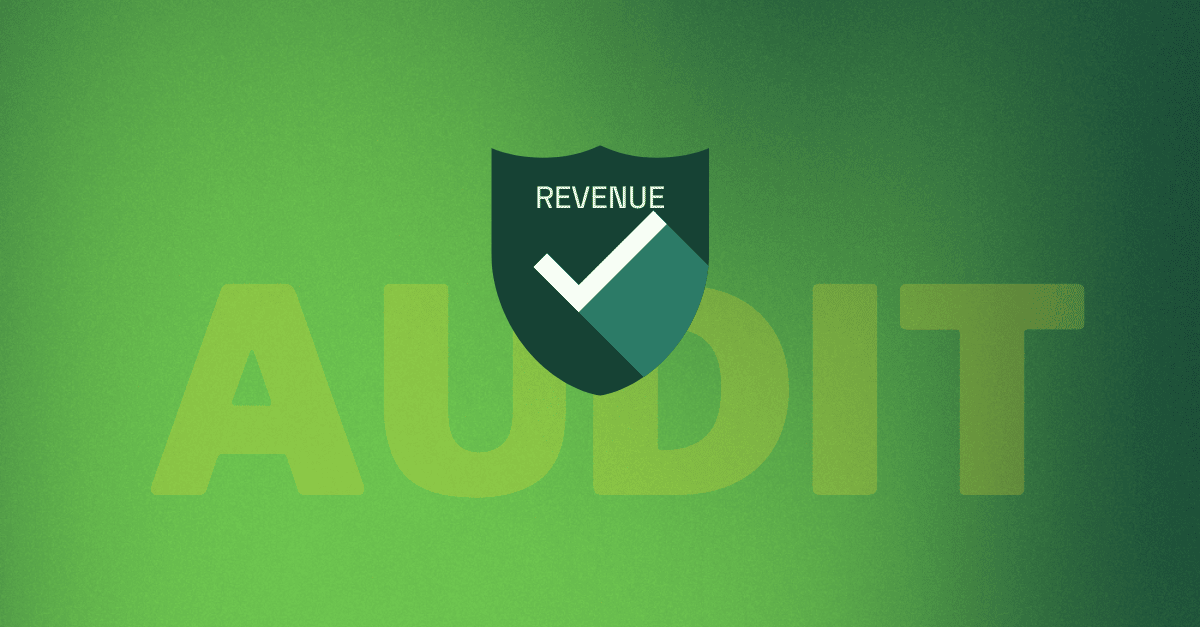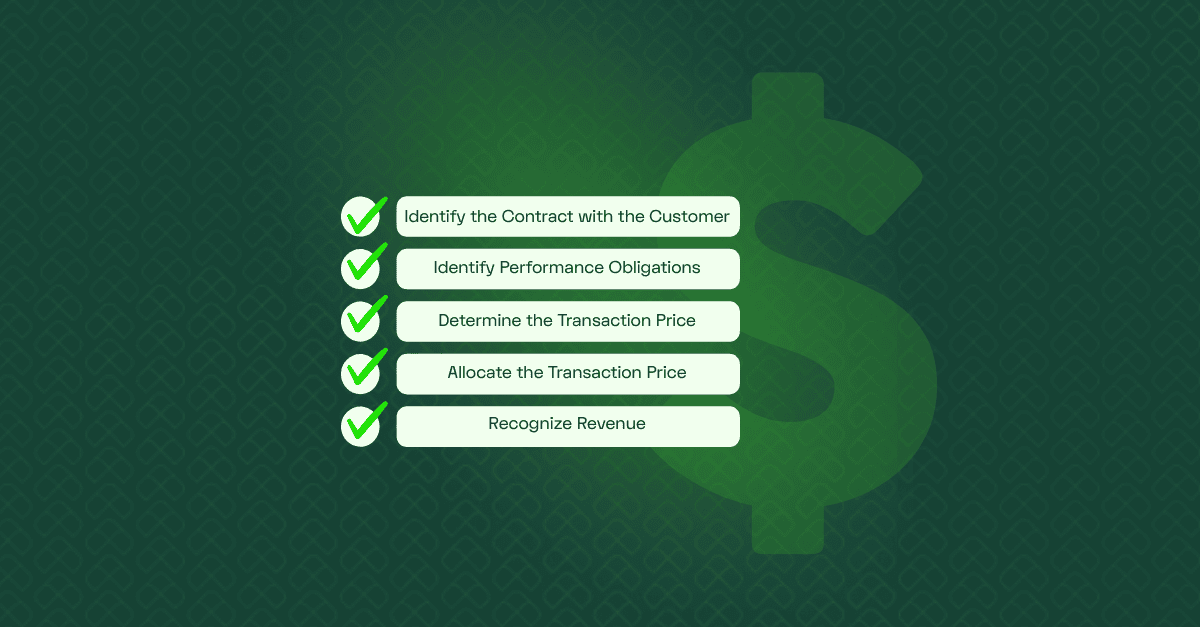-
 Accounting, Revenue Recognition
Accounting, Revenue RecognitionThe Features That Make RightRev an Advanced Revenue Recognition Software Solution
Started by a pioneer in the revenue recognition automation space, RightRev is built on decades of revenue accounting experience. We’ve taken all of the learnings from building our first revenue solution, RevPro, and used that knowledge to build a truly, next-gen revenue recognition subledger.
-
 Accounting, Revenue Recognition
Accounting, Revenue RecognitionRevenue Recognition Use Case for SaaS Companies [Use Case Specific]
SaaS companies are becoming more creative in their contract structures, offering bundled services and discounts, experiencing frequent contract modifications, and utilizing event-based revenue recognition.
-
 Accounting
AccountingTop Reasons for Material Weakness in Revenue Recognition
In 2023, 41 SEC enforcement actions involved material weaknesses or revenue misstatements—the highest in recent years. Additionally, 58% of IPOs reported material weaknesses in their initial filings, underscoring systemic issues in financial reporting.
-
 Revenue Recognition
Revenue RecognitionBuilding Scalability with a Revenue Reporting System for Complex Business Models
In certain ways, revenue reporting systems function similarly to revenue recognition solutions. They both track revenue to its source, aim to post it to the right account in the general ledger, and are essential to support your company’s financial performance.
-
 Accounting
AccountingUnderstanding Audit Procedures for Revenue Recognition
Revenue recognition audits are some of the most stressful parts of accounting, especially when juggling multi-element contracts, variable consideration, and contract terms that seem to change overnight.
-
 Accounting
AccountingDeferred Revenue – Accounting, Definition, Example
For companies with annual subscription payments, advance payments, or usage-based pricing, deferred revenue accounting is crucial. And with the increasing complexity of goods or services bundled together, and discounts, getting this right is more important than ever.
-
 Accounting
AccountingBreaking Down Revenue Recognition in Accrual Accounting
The accrual accounting method ensures full financial transparency by recognizing revenue upon delivery of the product or service, regardless of whether payment has been received.
-
 Accounting, Revenue Recognition
Accounting, Revenue RecognitionRevenue Recognition: What It Means in Accounting
This article explores the principles and challenges in revenue recognition, how accounting teams can handle them, and why automation is the key to overcoming manual errors and inefficiencies.
-
 Accounting, Revenue Recognition
Accounting, Revenue RecognitionAn IFRS 15 Guide for Software and SaaS Companies
IFRS 15 lays out the rules for recognizing revenue from customer contracts, but for SaaS companies juggling subscription plans, bundled services, and changing pricing models, applying these rules can feel like navigating a maze.
-
 Accounting
AccountingAlternatives to SOFTRAX Revenue Management System
SOFTRAX can offer impressive capabilities in handling some businesses’ invoicing, revenue recognition, and billing processes. Despite these features, according to G2 reviews, users report several challenges that prompt them to explore alternatives.
-
 Accounting
AccountingRecurring Revenue SaaS: What CFOs Are Tracking in 2025 for Growth and How Automation Can Help
SaaS Chief Financial Officers (CFOs) play a pivotal role in sustaining growth and revenue. Today’s CFOs go beyond traditional financial management to drive growth, manage risks, and optimize operations across departments while aligning their financial strategies with broader business objectives.
-
 Revenue Recognition, Video
Revenue Recognition, VideoMonetizing AI: Back-Office Transformation for AI and Agentic Business Models
AI is transforming the front office—now it’s time for the back office to catch up. In this webinar, experts from RightRev, Salesforce Revenue Cloud, and Norwest Venture Partners explore how leading companies are rethinking billing, revenue recognition, and financial reporting to support usage- and outcome-based models.
Learn how to: Transcript Let’s dive in. AI […]
Revenue Recognition Insights
Your Source for Revenue Recognition Knowledge


